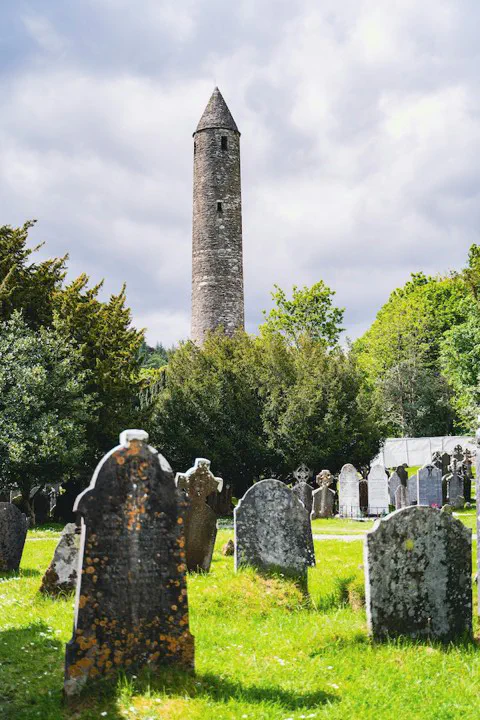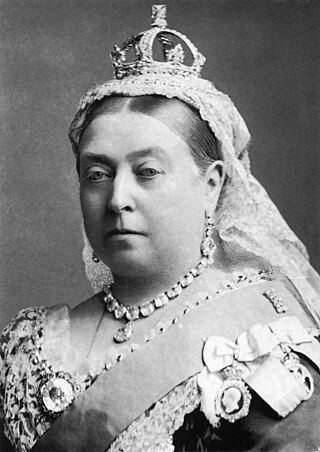- January 30, 1900
The Irish Party, officially known as the Irish Parliamentary Party (IPP), experienced several splits and reunifications during its history, particularly in the late 19th and early 20th centuries. This party was central to Irish politics, especially in the context of the Home Rule campaigns.
One of the most notable splits occurred in 1891 following the fall of Charles Stewart Parnell, the party’s leader. Parnell’s leadership was challenged after a scandalous divorce case in which he was named as the co-respondent. His affair with Katharine O’Shea, the wife of another Member of Parliament, caused a major split in the party, leading to the formation of two factions: the Parnellites and the Anti-Parnellites.
The reunification of the Irish Party about ten years after the split refers to the events of the early 20th century:
Background to the Split
The division after Parnell’s scandal weakened the Irish nationalist cause, with the party losing seats in subsequent elections. This division persisted into the early 20th century, hampering the effectiveness of the Irish nationalist movement.
Reunification
The two factions of the party began to move towards reunification around 1900. The process was gradual, driven by the realization that a united front was necessary to effectively campaign for Irish Home Rule.
John Redmond’s Leadership
The reunification was largely achieved under the leadership of John Redmond, who became the leader of the Irish Parliamentary Party in 1900. Redmond was a skilled politician and was instrumental in bringing the two factions together. Under his leadership, the party once again became a significant force in British and Irish politics.
Campaign for Home Rule
The reunified party intensified its campaign for Home Rule, leading to the passing of the Third Home Rule Bill in 1912. This bill was a significant achievement for the IPP and would have established self-government for Ireland. However, its implementation was postponed due to the outbreak of World War I and was ultimately overtaken by events, including the Easter Rising of 1916 and the Irish War of Independence.
The reunification of the Irish Parliamentary Party was a crucial moment in Irish political history. It briefly restored the strength of the constitutional nationalist movement and brought the issue of Irish self-governance back to the forefront of British politics. However, the party’s decline was hastened by the rise of more radical nationalist movements and the shifting political landscape following World War I.

 ← Birth of singer Cavan O’Connor
← Birth of singer Cavan O’Connor
 Queen Victoria arrives at Kingstown for a three-day visit to Ireland →
Queen Victoria arrives at Kingstown for a three-day visit to Ireland →